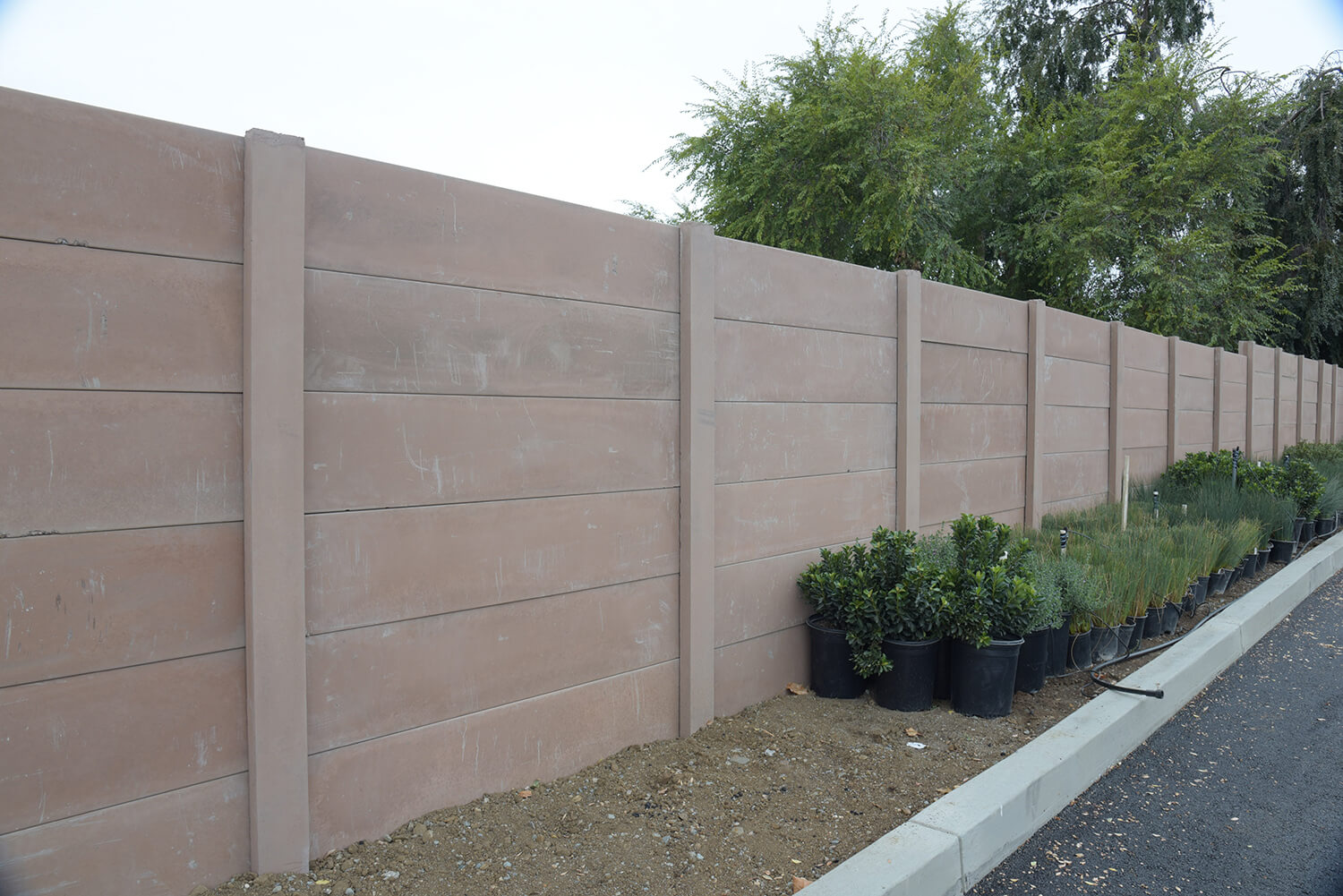By now, you’re familiar with concrete’s versatility in construction. It’s used in essentially any type of construction at some point, so having a better understanding of this material is a good idea if you’re preparing for an upcoming project.
An example is understanding concrete mold forms and their importance in ensuring the right look and shape. You should focus more on these forms long before you start your pour.
The Purpose of Concrete Mold Form Products
Concrete mold forms are a particular barrier that facilitates the creation of concrete structures. The concrete molds form is shaped specifically to ensure that the concrete dries correctly and smooth. Newer concrete mold forms might also help make more robust structures, add decorative effects, or provide insulation.
Each type of form has unique properties that make it more suitable for certain projects than others.
Types of Concrete Forms
Concrete forms are divided by what material the form is made of. They’re most commonly made from wood, but plastic, metal, resin, and fiberglass are all valid options. However, most prefer wood or metal since these materials work best.
Wood Forms
Wood forms are straightforward. They’re easy to construct, and you can often reuse them if they’re treated well. Wood mold forms are excellent for smaller structure slabs, sidewalks, and patios.
Gang Form Systems
These systems combine wood and metal like steel or aluminum. These gang mold form systems are more involved in build and use, but their durability and reusability make them great for projects that need many of the same concrete structures.
Manufactured Stone or Concrete Forms
These concrete or stone mold forms are best for larger structures or walls. They can be wood, metal, or a combination of the two. Since these are pre-manufactured, they benefit from professional customization; they arrive at the job to your exact qualifications and can also be reused.
Insulated Concrete Forms
ICFs are made from plastic foam that fit with one another to create the shape you want.
Once you have the right shape, steel bars reinforce the foam before pouring the concrete.
These mold forms are energy efficient and make very durable structures suitable for floors, walls, and roofs. They are not reusable, however.
Which Should You Pick?
When you’re planning your project, keep the following questions in mind when deciding on which forming method you’ll use:
- How much will the stone or concrete mold form cost?
- How much experience do I or my crew have with the form?
- Do I need to reuse my form?
- What are the curing requirements?
- How effective is this mold form for the project?
- Are there any site restrictions or access issues affecting the choice?
Asking yourself these questions will help you land on the proper form. Pouring concrete for a project requires much more foresight than you’d initially think, so remind yourself of the old saying: “Measure twice and cut once.” This will prevent you from wasting time and money on a system that won’t work for your project.
Choose the Right Concrete Company
Do you want professional precast concrete products delivered right to your construction site? Contact American Precast Concrete today, and we’ll set you up with a concrete fence or wall products for your property.







